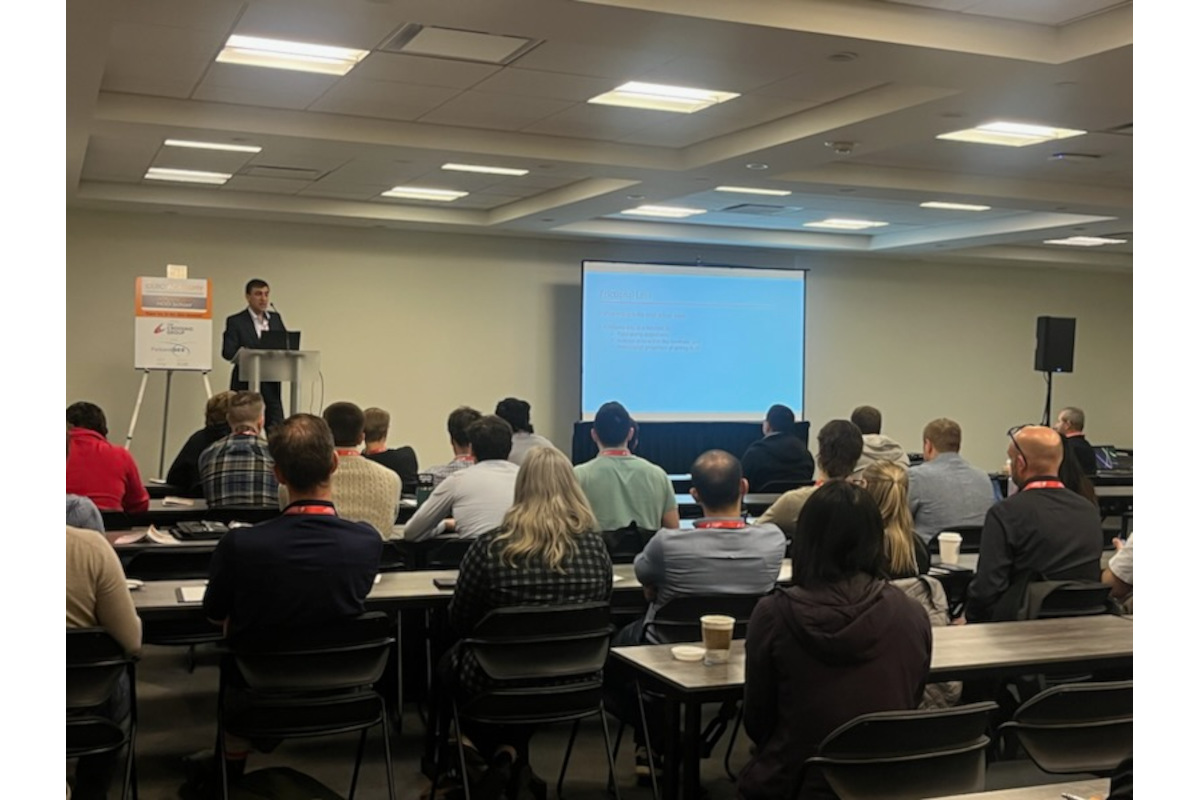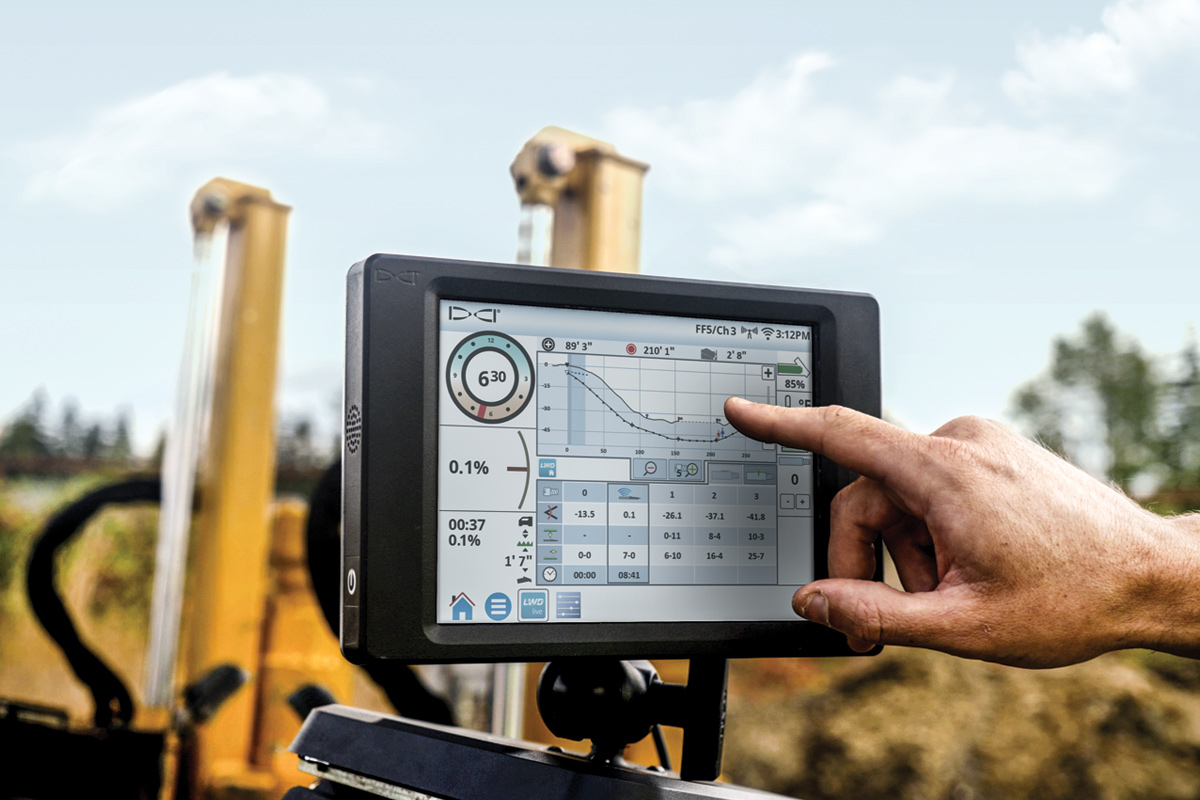Drill Master: HDD Risk Reduction
Many contractors are often a victim of what they call the “I’ve done a shot like this before” syndrome. So corners end up getting cut and risk on the job starts from that moment on. That risk can be reduced or eliminated by doing one thing — planning. We used to have a saying that we lived by: “Failing to plan is planning to fail.” Sure you may get your bore completed, but there are some things you can do in the planning process to lower the difficulty and help increase the opportunity for profitability of your job.
Geology
Knowing your geology for each jobsite is critical and is something that a contractor should always take advantage of knowing. Knowing the geology will help you decide what kind of fluids you need and, most importantly, the tooling required to get from start to finish.
This type of information can be found many ways. Don’t ignore the obvious. Look in your utility locate holes, entrance pits and exit pits. Take a survey of any formations sticking out of the ground in the area of your bore. If you want something a little more scientific than the obvious, there are several places and people that can help you obtain this information. Many county engineers have access to maps and survey information. Local departments of transportation and land survey crews or the local Department of Natural Resources, may also have information. Also, you can usually get some good advice from contractors who do land development.
Fluids
Using the proper fluids, and enough of them, can make or break the job. In addition to keeping the drill head cool, fluids play a big part in moving the cuttings and keeping flow in the hole. Without proper flow, several things can happen to increase your risk. Before you begin your bore, make sure you have access to or an ample supply of good water to use to mix your fluids. Do not cut back on the amount of fluids you can use to properly make your bore due to lack of water.
Once you have mixed your fluids, make sure you understand and measure the viscosity of your fluids. Knowing your density is also important. This will tell the weight of the fluid and is most commonly reported in pounds per gallon or specific gravity. Sand content makes up part of the total solids. This can be measured by utilizing a sand content kit and is declared in percent of total volume. You want the sand content as low as possible — 1 percent or less.
Filtration properties consist of filtration and filter cake. Filter cake is measured in 32nds of an inch of thickness. The filtrate is the water phase that filters through the filter cake and is measured in cc (ml). These tests give an indication of borehole stability. Filtrates in the 10 to 14 cc range and filter cake thickness of 2/32 of an in. are generally considered acceptable.
pH is the determination of the acidity or alkaline of a fluid. This can be determined by using pH strips and is desired in the 8.5 to 9.5 range. You can adjust your pH levels by adding soda ash (sodium carbonate).
Understand your calcium content. This determines the hardness of your water. Some bentonite and polymers do not mix well in hard water. You can perform this test by using a calcium indicator strip.
Not using enough fluids or the correct fluid make up will slow down the discharge of the cuttings and can cause the hole to fill or plug, creating fluid pressure in the hole that can result in frac out situations. When this happens, it becomes unsightly aboveground and restoration to the surface is necessary. If frac-outs occur, surface restoration can be costly. Pay close attention to the fluid flow coming out of the hole. If flow lessens or thickens, adjust how you are drilling and make adequate adjustments to the amount of fluid you are sending down hole.
Tooling Selection
Proper reaming and reamers will determine the severity of the risk and the success of the pullback. Tooling is an expensive part of the package, but not using the right reamer can be more costly than selecting specific reamers for each job. Don’t always assume that since the last job was “similar to this one,” that the same reamer selection will work on each job. By understanding your geology and using the proper fluids, this should help in determining if your current reamer selection will allow you a successful backream.
Training
Proper and specific training can reduce many problems on the jobsite. Having knowledgeable people who understand fluids is key to the success of a bore. Usually your equipment rep or distributor can provide additional or more in depth training. Don’t take for granted the locating process — and I don’t mean one-call. I am talking about the person who is walking the borepath. He/she is the one that is directing the drill head. Understanding how to read and operate the locator is vital in the success of the bore. Communication from the locater operator and the drill operator should be streamline. They both need to be able to understand each other and be able to communicate without seeing each other. Many times there are obstructions in the line of site from drill operator to locator operator, so quality and reliable radio communication is crucial. This is one area that you don’t want to cut costs. Just because a person understands one function of the drilling process, doesn’t mean they understand it all. Plan quarterly or yearly training to keep your operators up to date and current on the latest technology and practices.




